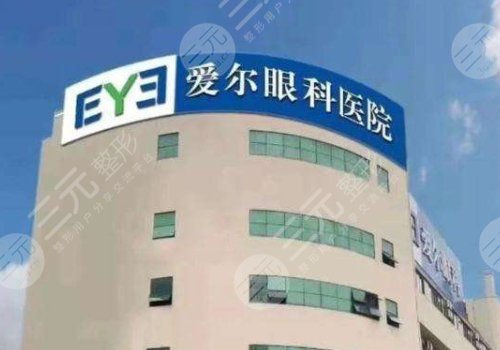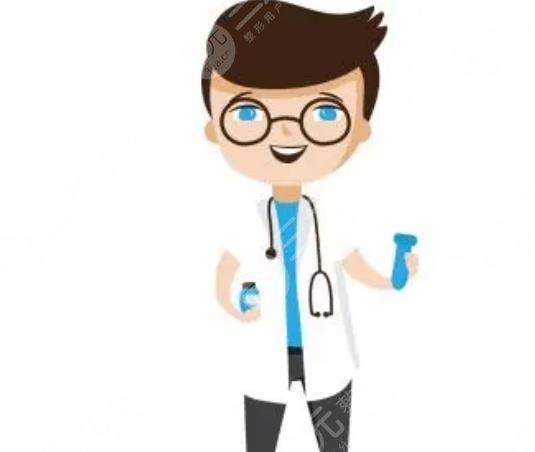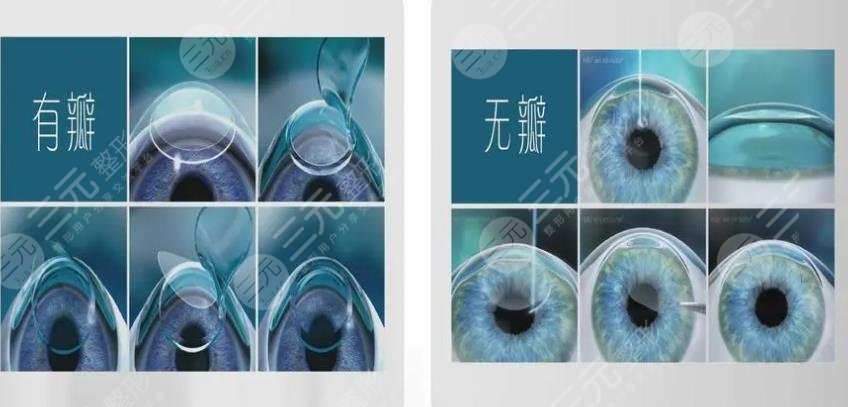Aier Ophthalmology is a large scale, high medical ability and regular ophthalmic medical group in China and even abroad. Its service scope includes Asia, Europe and North America, and it has opened more than 700 eye hospitals and centers at home and abroad. Since its establishment, Aier Ophthalmology has always adhered to the introduction and absorption of ophthalmic treatment technologies and concepts that are synchronized with those at home and abroad, and has taken personalized and scientific development strategies to promote the development of ophthalmic quality events in China. Through continuous practice and research, on the basis of absorbing high-quality medical management experience at home and abroad, we have successfully explored a set of chain operation management model suitable for China's situation, giving full play to the advantages of technology and talents, improving the quality of ophthalmic treatment, and improving medical services.

How is Aier Eye Department a regular hospital?
Aier Ophthalmology is a formal ophthalmic medical institution. Since its establishment, the institution has been jointly established with Central South University. Aier Ophthalmology Hospital of Central South University has promoted strategic cooperation with many universities in Wuhan, Anhui, Sichuan and other regions to jointly build a good ophthalmic medical teaching and research platform, so as to cultivate more outstanding ophthalmic talents for China.

Introduction of Aier ophthalmologist:
1. Tang Shibo is the general director of the hospital group, and also a secondary professor and doctoral supervisor. Engaged in the ophthalmic industry for many years, he has not only won many honorary titles and youth funds, but also published many academic papers on related journals, undertaken a number of scientific research topics. His medical technology level and medical knowledge are superb, and he is proficient in ophthalmic treatment.
2. Dr. Yang Zhikuan is the chief physician of Aier Eye Hospital Group and holds a postdoctoral degree in ophthalmology. He has worked in the ophthalmic clinical research industry for more than 20 years. He has not only presided over a number of NSFC projects, but also published more than 50 academic papers on related journals. His medical technology is superb, and he has conducted in-depth research on the correction of myopia and various refractive errors in adolescents.
3. Dr. Lin Ding served as the general director of Aier Ophthalmology in Hunan, doctoral supervisor of Central South University, and master supervisor of Nanchang University. He has worked in the ophthalmic diagnosis and treatment industry for many years, published more than 40 academic papers in other fields, and won many honorary titles and awards. He has his own unique insights and operating techniques in ophthalmic diagnosis and treatment, especially good at the diagnosis and treatment of cataract, difficult glaucoma and other ophthalmic diseases.

Popular projects of Aier Ophthalmology:
1. Excimer laser surgery: use advanced excimer laser equipment to irradiate the stromal layer under the corneal flap, reduce the area of the pupil and cornea, and achieve the purpose of correcting myopia. This operation has certain requirements for corneal thickness, and is suitable for myopia with vision of 200 to 2000 degrees. The degree has remained stable in the past two years.
2. Intraocular lens implantation: if there is high myopia, this technology can be improved. Implantation of the designed intraocular lens into the appropriate part of the eye can improve the vision of the eye and make it return to the normal state. This technique can improve the correction range of the operation, such as severe myopia, astigmatism and hyperopia, and is not easy to damage the cornea.

① What should be done before full femtosecond myopia correction?
Contact lenses should be stopped before full femtosecond myopia correction surgery. In addition, various examinations should be performed before surgery, including naked vision, corrected vision, optometry and corneal thickness. Through these inspection results, we can clearly know whether we can carry out this technology. In addition to the above direct examination, the eyes should also be checked for inflammation or other diseases of the body. Full communication with the doctor before surgery is more conducive to surgery. Therefore, we must choose professional institutions to inform doctors of our actual situation.
② How to restore full femtosecond myopia correction?
On the second day after full femtosecond myopia correction surgery, the eyes can usually be used normally. Because everyone's eye conditions are different, everyone's recovery speed is also different. Usually, it takes about 1 to 3 months for vision stability and adaptation. It is normal to see things blurred early after surgery. In addition, you should go to the hospital for reexamination regularly after the operation according to the doctor's advice. Do not rub your eyes or exercise violently. Because your eyes are sensitive after the operation, do not let dirty water or anything with bacteria enter your eyes.
③ What is suitable for all femtosecond myopia correction surgery?
The requirements of all femtosecond myopia correction surgery are relatively strict, so not every myopic patient can perform this technology. Generally, the operation needs to meet the age of 18 to 50, but it also needs to be relatively stable in the past two years. In addition, this operation is also more suitable for people with healthy eyes. If there are active inflammation, cataract and other problems, this technology cannot be carried out. At the same time, if there are serious psychological diseases or some autoimmune diseases, this technology cannot be carried out.









